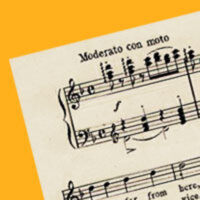Browse Items (43 total)
Sort by:
El derecho de vivir en paz
Translated as "The Right to Live in Peace", this song was originally written as a tribute to Ho Chi Minh and talked about the destruction brought forth by the Vietnam War. It wasn't uncommon for the genre's artists to talk about injustice outside of…
Desapariciones
Forced disappearances were a key tactic of various dictatorships of the Americas. The song follows the story of a man and woman, ordinary people who have disappeared, and the fight their family engages in to try and locate them. The final stanza…
El Padre Antonio y el Monaguillo Andrés
The song describes the assassination of a popular village priest and altar boy, indirectly referencing the assassination of Bishop Óscar Arnulfo Romero, major figurehead of Liberation Theology. Romero's preaching of liberation theology sought to…
El pueblo unido jamás será vencido
This song could be used to introduce students to the 1973 Chilean coup d'état, the removal of a socialist president, Salvador Allende, and the installment of a U.S. backed military junta government led by General Augusto Pinochet. The name of the…
Strange Fruit
“Strange Fruit” describes the picturesque agricultural landscape of the South and contrasts this beauty and bounty with the horrific violence - lynchings in particular - that occurred in that setting.
Tags: lynching, racism, U.S. South
Dixie
Officially written by a Northerner, this song was rewritten by Southerners and Northerners to support varied agendas. “Dixie” is symbolic of the Lost Cause of the Old South and Southern resistance to the Civil Rights Movement.
Adelita
This song may be used to introduce students to the image of the soldadera and Adelita during the Mexican Revolution.
Tags: genre: corrido, Mexican Revolution, Mexico
Somos más americanos
This song may be used to introduce students to an eloquent historic-cultural argument criticizing anti-immigrant sentiments in the United States.









